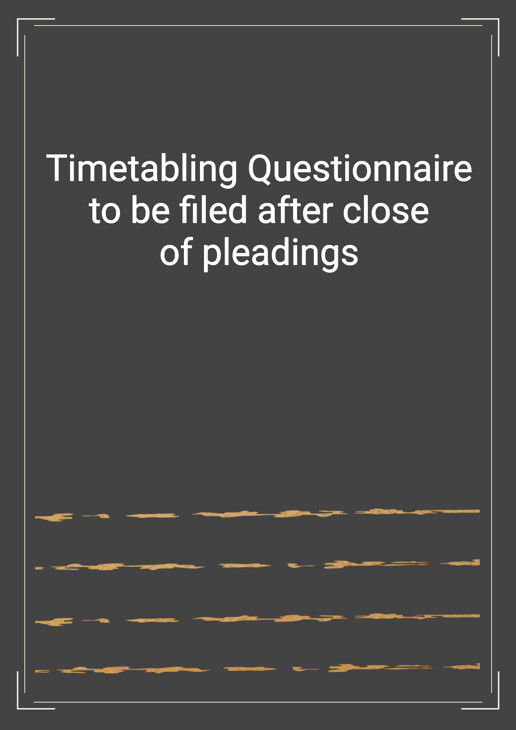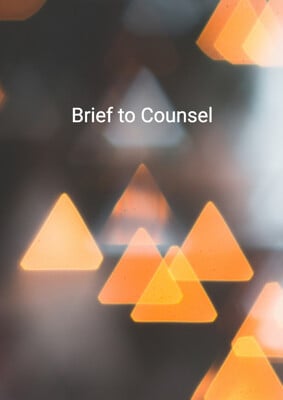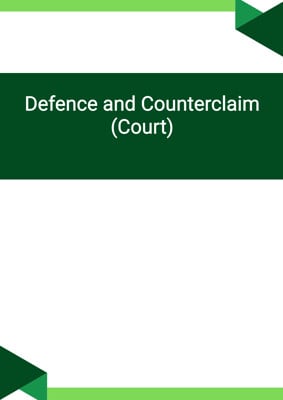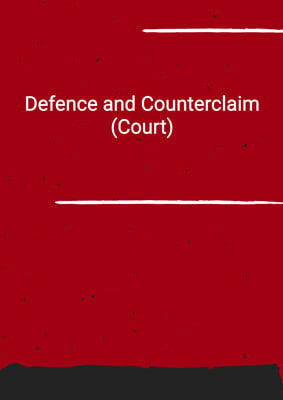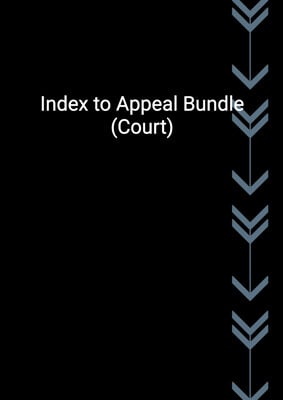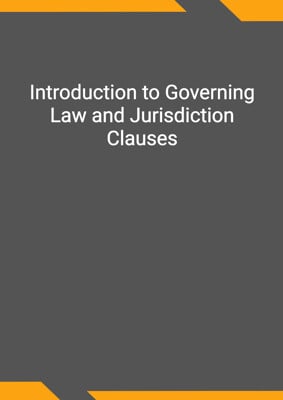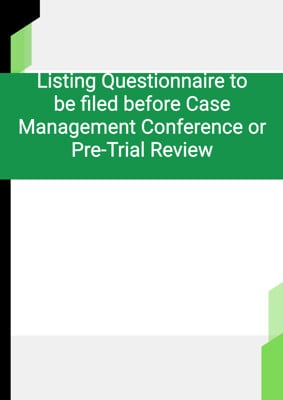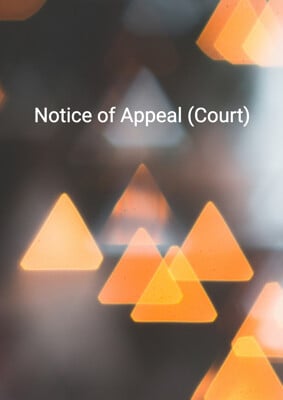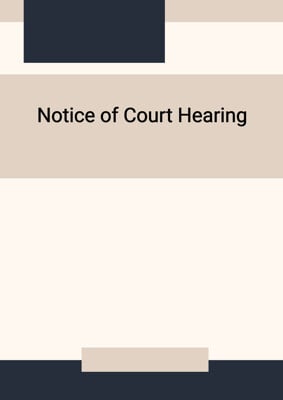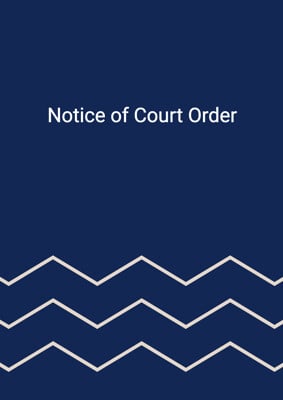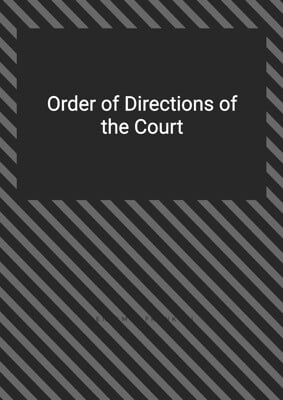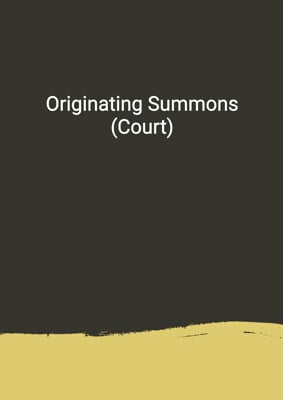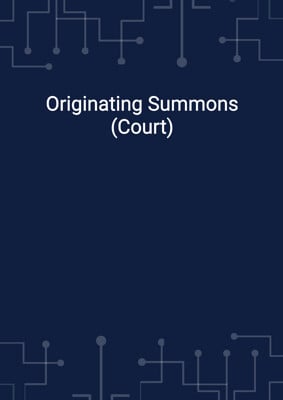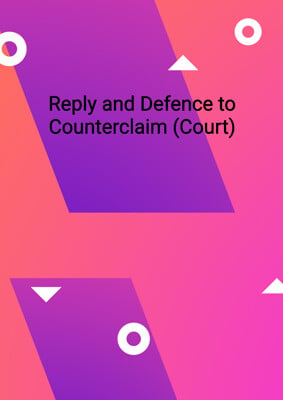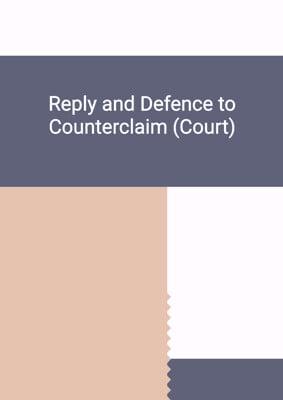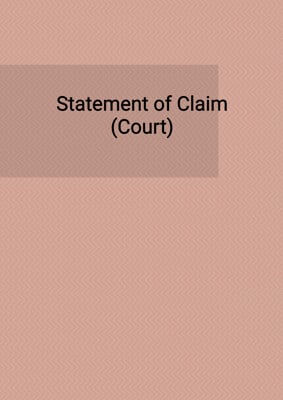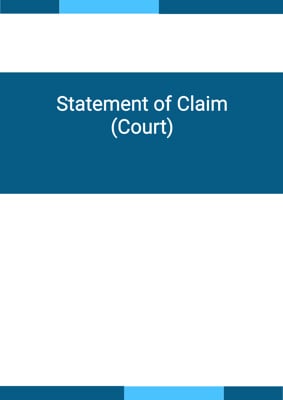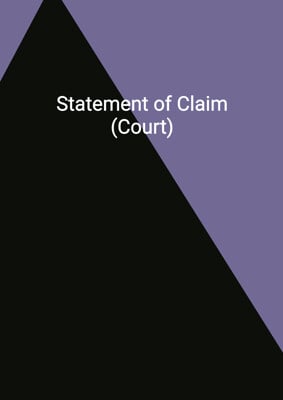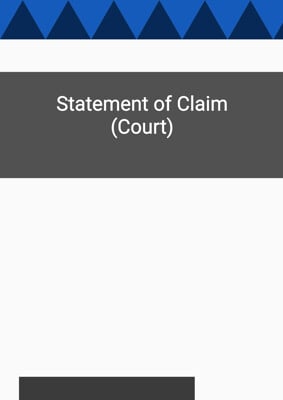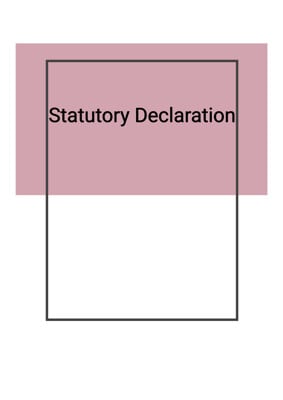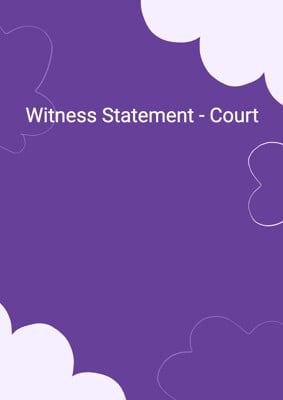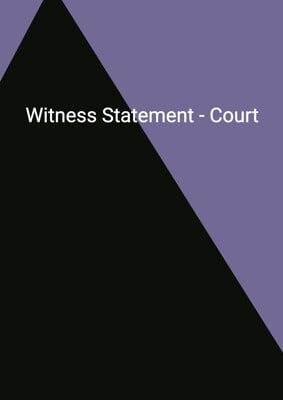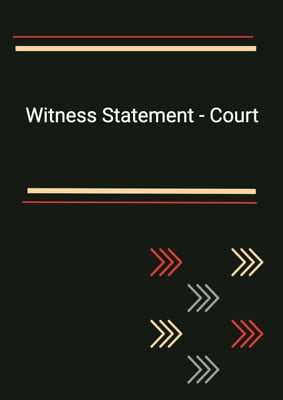How to Tailor the Document for Your Need?
01
Create Document
Click "Create Document" button and the document will be prepared with your account details automatically filled in.
02
Fill Information
Please fill in any additional information by following the step-by-step guide on the left hand side of the preview document and click the "Next" button.
03
Get Document
When you are done, click the "Get Document" button and you can download the document in Word or PDF format.
04
Review Document
Please review the document carefully and make any final modifications to ensure that the details are correct before publication / distribution.
Document Preview
Document Description
The 'Timetabling Questionnaire to be filed after close of pleadings' is an important document in the legal process as it helps to organize and manage the case effectively. This questionnaire is completed by either the plaintiff, defendant, or their solicitor, depending on their role in the case. It contains various sections that cover different aspects of the case.
In the 'Mediation' section (Section A), the questionnaire asks about the parties' involvement in mediation, their intention to settle the case through mediation, and the timing of their participation. This section helps to determine if mediation is a viable option for resolving the dispute.
The 'Parties' section (Section B) focuses on whether there is a need to add another party to the case. This information is crucial for determining the scope of the case and ensuring all relevant parties are included.
The 'Pleadings' section (Section C) addresses any amendments or requests for further particulars in the pleadings. It also inquires about any outstanding requests from the other party and the intention to provide answers to those requests.
The 'Related Proceedings' section (Section D) seeks information about any other ongoing proceedings involving the same parties or related parties. This helps to identify any potential consolidation or coordination of cases.
The 'Split Trial' section (Section E) asks if there is a need for a split trial, where different issues are tried separately. This section helps to determine the complexity of the case and the need for separate proceedings.
The 'Evidence' section (Section F) covers the disclosure of documents and the intention to call witnesses of fact. It also addresses the need for expert evidence on liability and quantum, including the appointment of single joint experts and the timing of their reports.
The 'Interlocutory Applications' section (Section I) inquires about any applications for security for costs or other interlocutory applications that have not been mentioned in the questionnaire. It also addresses any outstanding directions or compliance issues.
The 'Case Management Conference / Pre-Trial Review / Trial Date' section (Section J) asks about the need for a case management conference, trial date, or pre-trial review. This section helps to plan and schedule the various stages of the case.
The 'Long Cases' section (Section K) focuses on cases that are expected to last for 15 days or more. It asks about applications to assign the case to a trial judge.
The 'Proposed Directions' section (Section L) addresses the attachment of proposed directions or consent summons to the questionnaire. It also allows parties to agree or propose their own directions.
The 'Other Matters' section (Section M) provides an opportunity to include any additional information that may be relevant to the case management process.
The 'Brief Factual Background and Issues' section (Section N) requires the attachment of a one-page summary of the case's background and the issues to be tried.
Finally, the 'Declaration' section (Section O) includes a declaration by the plaintiff, defendant, or their solicitor, confirming the accuracy of the answers provided in the questionnaire.
Overall, the 'Timetabling Questionnaire to be filed after close of pleadings' is a comprehensive document that covers all essential aspects of case management and helps to ensure a smooth and organized legal process.
How to use this document?
1. Determine the involvement in mediation:
- Check if any mediation certificate has been filed and served.
- Determine if the parties have attempted mediation so far.
- Assess the intention to settle the case through mediation.
2. Assess the need for adding another party:
- Determine if there is an intention to add another party to the case.
- If yes, specify the application date and the party's role.
3. Address amendments and requests for further particulars:
- Determine if there is an intention to amend the pleadings.
- Assess the need for a summons for further and better particulars.
4. Evaluate related proceedings:
- Determine if there are any pending proceedings involving the same or related parties.
- Assess the need for consolidation or joint trials.
5. Consider the need for a split trial:
- Determine if a split trial is necessary for different issues.
6. Manage evidence and witnesses:
- Assess the disclosure of documents and the need for a supplemental list.
- Determine the intention to call witnesses of fact and their timing.
- Evaluate the need for expert evidence on liability and quantum.
7. Address interlocutory applications:
- Determine if there is a need for security for costs.
- Assess the intention to make other interlocutory applications.
- Address any outstanding directions or compliance issues.
8. Plan case management and trial:
- Determine if a case management conference date should be fixed.
- Assess the need for a trial date or pre-trial review.
9. Manage long cases:
- Determine if the trial is expected to last for 15 days or more.
- Assess the need for assigning the case to a trial judge.
10. Propose directions and provide additional information:
- Attach proposed directions or file a consent summons.
- Include any other relevant information for case management.
11. Summarize the factual background and issues:
- Prepare a one-page summary of the case's background and issues.
12. Sign the declaration:
- Sign the declaration confirming the accuracy of the answers provided.
- Include the necessary details such as name, role, and date.
Note: This guidance provides a general overview of the questionnaire's sections and their purpose. It is important to refer to the specific instructions and requirements within each section for accurate completion.
Not the right document?
Don’t worry, we have thousands of documents for you to choose from:
